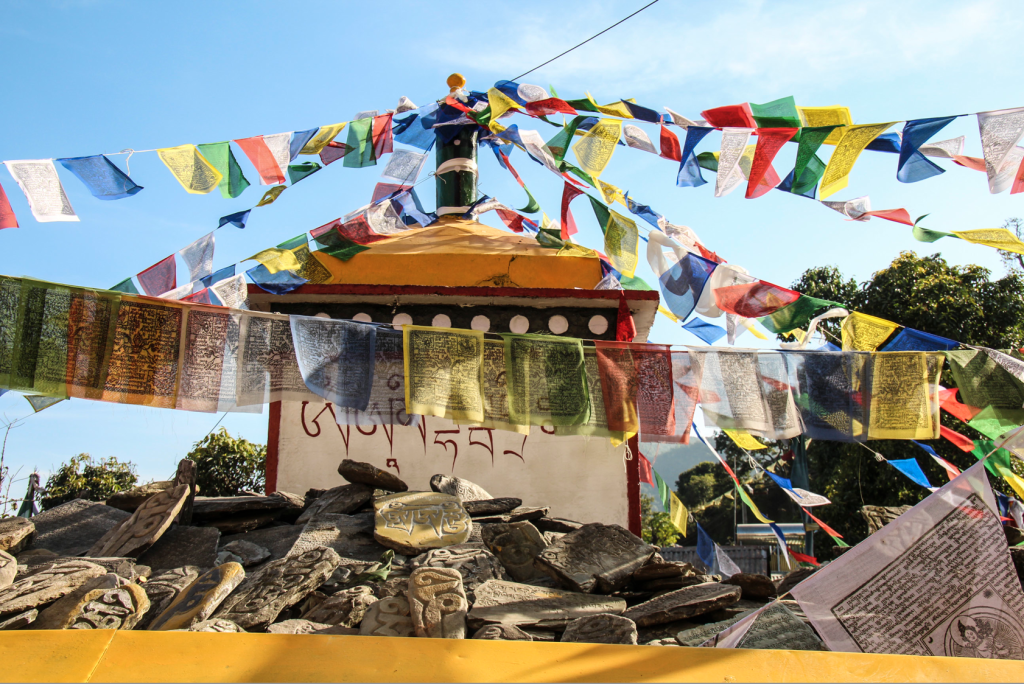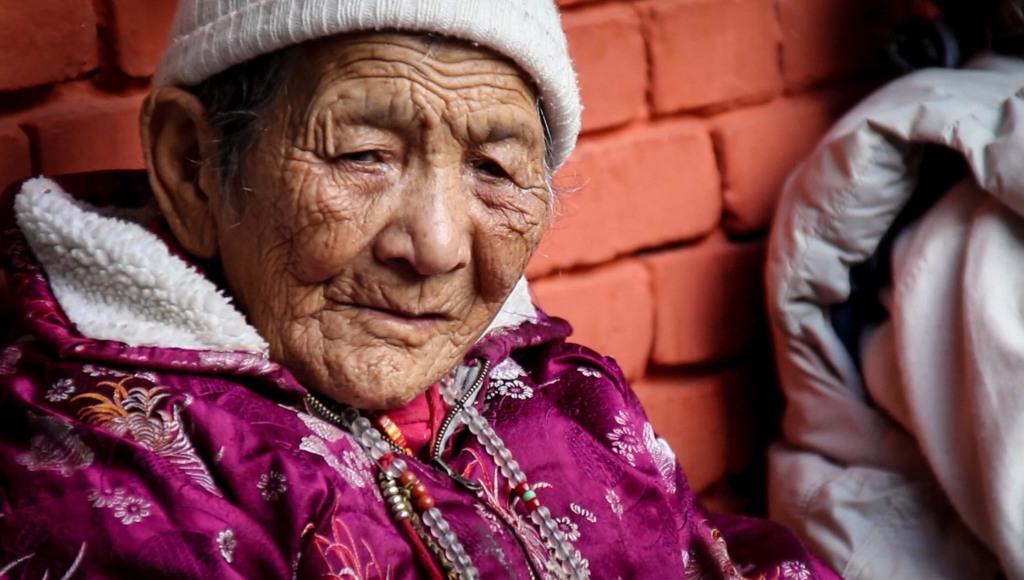Thousands of Tibetans have fled their homeland over the past several decades, and sought out life in settlements abroad. Of these 140,000 refugees, it is estimated that 20,000 currently live in Nepal, where they have limited legal status. With no land to call home, Tibetans in Nepal struggle daily for economic stability, while still trying to maintain and preserve their cultural identities.

Refugees in a Foreign Land
In 1959, Tibetans began fleeing their homeland after a decade of unsuccessful negotiations and uprising against the Chinese expansion and occupation of Tibet. The Dali Lama, leader of Tibet, fled the country and was followed by thousands of Tibetans by way of the neighboring country, Nepal. An informal agreement between Nepal’s government and the United Nations High Commissioner allowed the facilitation and transition of Tibetans through Nepal into India, where more than 100,000 Tibetans live today. In total, it is estimated that 140,000 Tibetans live abroad, primarily in India, Nepal, Bhutan, Europe, and North America.

People without a Country
Of the current Tibetan population in Nepal, many were born and raised in Nepal. In recent years, it has become a greater challenge for Tibetans to receive refugee documentation. As a result, it is not possible for Tibetans to gain Nepali citizenship, even if they were born in Nepal. Without such identity, Tibetans in Nepal cannot own property or businesses, and have a difficult time obtaining employment, education, or even a driver’s license.
Thupten Gyatso is a cultural expert and owner of Tibetan Encounter, a Pokhara-based company that gives tourist the opporutnity to explore Tibetan settlements and engage in discussions with its residents. Gyatso emphasizes the importance for Tibetans living abroad to maintain their cultural identities. He believes that the establishment of settlements throughout Nepal has helped preserve culture through facilitating close community.
However, according to Dhondup Tsering, an elder in the Tashi Palkhiel settlement, making ends meet is a very pressing need that often pushes culture to the back burner. “Here, you… you feel you have to go work or sell something,” explains Tsering. “Forget about your culture and everything. Here in Nepal, the life is very tough.”

An Unknown Future
The population in Tibetan settlements in Nepal are on a decline as many young Tibetans are choosing to leave the settlements, seeking opportunities abroad. With fewer “marrying age,” residents in the community, the birth rate has also decrease. In Tashi Palkhiel alone, nursery enrollment has dropped 65% since 1997.
Tibetans are still hopeful that they will be able to return to their homeland some day and live freely. Politically, the Dali Lama advocating for autonomy. However, in the mean time, they continue to seek out a life with more economic and cultural stability.
